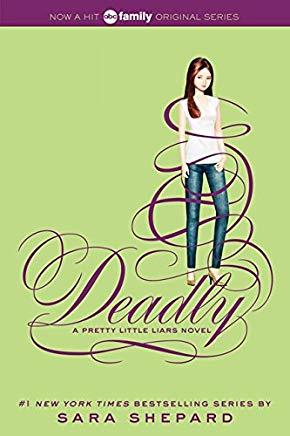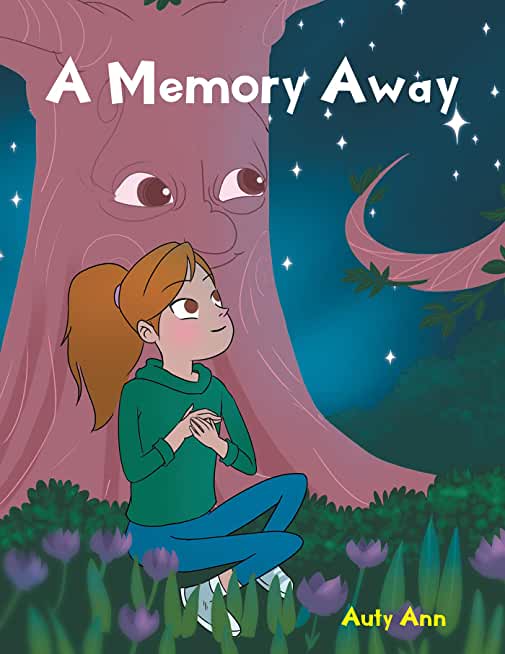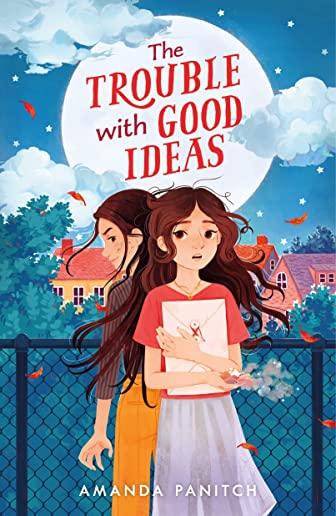
Vengan y pasen un d a con unos pesitos lindos para aprender qu hacer cuando estemos enojados. Est bien empujar a alguien? No, no lo es Pero hay muchas cosas que s est n bien. Podemos pintar o jugar f tbol.
En el segundo libro por Julie Federico, se introduce a los lectores el tema de la violencia dom stica de manera relevante y se aprende que El enojo est bien; La violencia no.
Demasiados ni os viven en hogares donde existe la violencia dom stica. El libro de Julie Federico, El enojo est bien; La violencia no, contiene la lecci n que cada ni o debe aprender, que todos nos sentimos el enojo, pero que hay maneras saludables para soltarlo, y que la violencia dom stica no est bien. Lo recomiendo mucho este libro a padres, maestros y trabajadores y agencias de la salud mental.
Lisa Moss, autora de Why Doesn't She Just Leave?
Anteriormente, Julie Federico fue una consejera en una escuela secundaria. Posee un t tulo bachillerato en asistencia social y un t tulo de maestr a en la consejer a de Indiana University. Su primer libro, Some Parts are Not for Sharing (Algunos partes no son para compartir), es un libro que introduce la seguridad del cuerpo a los ni os.
Anger is OKAY, Violence is NOT, written by Julie Federico and illustrated by Glori Alexander, is a thoughtful, much-needed addition to pre-school teachers' and social workers' libraries. With vibrant, TV-cartoon-like illustrations and simple, direct text appropriate for even the youngest children, this picture book explores the complexity and vitality of anger, and when it is appropriately expressed and when it is not.
True emotional intelligence is something recognized and respected but rarely taught and discussed, even among adults. The goal of this worthy project is to engage children in a safe, non-threatening exploration of complicated, often-frightening feelings. Federico lets kids know that anger is normal, though managing its expression can be complicated. Clear language and child-friendly art invite a direct, straightforward examination of when anger is appropriate and how to safely express it through art, physical activity, tears. What's not OK is hitting, biting, throwing and hurting. The book gently and clearly reminds its vulnerable audience that adults can find the journey just as tricky as children do. If an adult hurts a child or someone they love, Federico instructs her young readers that telling a trusted adult is a safe and right action for them to take.
Needless to say, this is complex emotional territory, and Federico's tone is perfect: even, loving, simple, clear. Educators and caregivers may well find this a helpful tool in eliciting important conversations, and the book includes contact information for The National Domestic Violence Hotline and other respected sources of support.
I am available to speak to your group or school about domestic violence and how to talk to children about domestic violence. I lived in a domestic violence relationship for 8 years and have been living for 14 years with domestic violence at a distance. There, unfortunately, is no one more skilled in domestic violence than myself. I never wanted this title it chooses me rather than me choosing it. I wanted to cure Cancer and go on Oprah with all of my new discoveries. I never wanted a Ph.D. in domestic violence. However, I have one so I am trying to make the best of it and protect others from the evil of domestic violence. www.juliefederico.com







